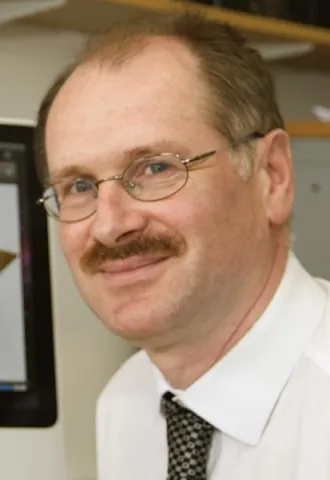Project overview
We design, build, test and operate a fleet of ocean-bottom instruments which can be deployed on the seabed at depths from 50-5500m water depth to autonomously record a range of different parameters. These include pressure and ground velocity caused by seismic waves, or electric and magnetic fields. The instruments can be recording on the seabed for time periods from a few hours to a year, with signals that are either generated artificially or by natural processes within and around the Earth.
As a facility we are contracted by the NERC to support high-quality science within the UK community. We provide a full service to PIs, including the preparation of the instruments and their consumables, organising shipping, providing engineers at sea for deployment and recovery, and production of an initial time-corrected data product. Many of the experiments we support require development of custom instrumentation, and we are able to work with PIs to ensure that their science requirements can be met. Past projects have included studies of the structure of the crust and upper mantle at mid-ocean ridges and subduction zones, of fluid escape within shallow sedimentary basins, and of volcanic activity around ocean islands.
The Ocean Bottom Instrument Facility is operated in collaboration with Durham University, and forms a part of the wider NERC Geophysical Equipment Facility
As a facility we are contracted by the NERC to support high-quality science within the UK community. We provide a full service to PIs, including the preparation of the instruments and their consumables, organising shipping, providing engineers at sea for deployment and recovery, and production of an initial time-corrected data product. Many of the experiments we support require development of custom instrumentation, and we are able to work with PIs to ensure that their science requirements can be met. Past projects have included studies of the structure of the crust and upper mantle at mid-ocean ridges and subduction zones, of fluid escape within shallow sedimentary basins, and of volcanic activity around ocean islands.
The Ocean Bottom Instrument Facility is operated in collaboration with Durham University, and forms a part of the wider NERC Geophysical Equipment Facility
